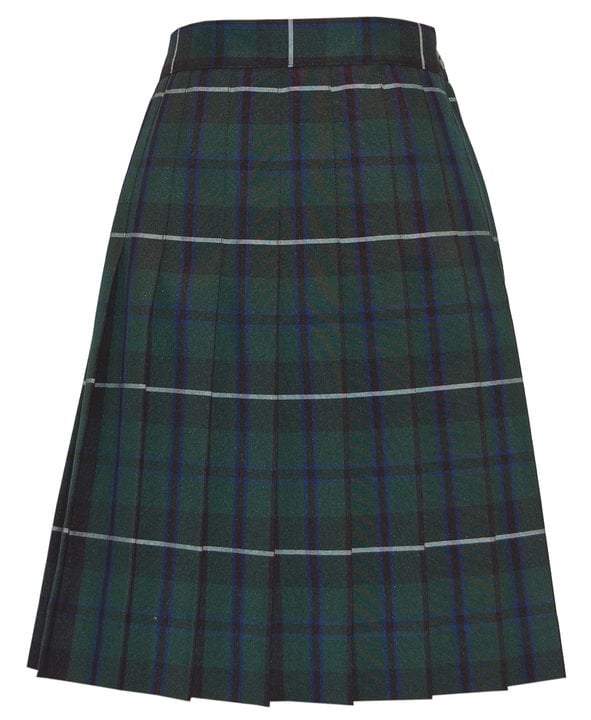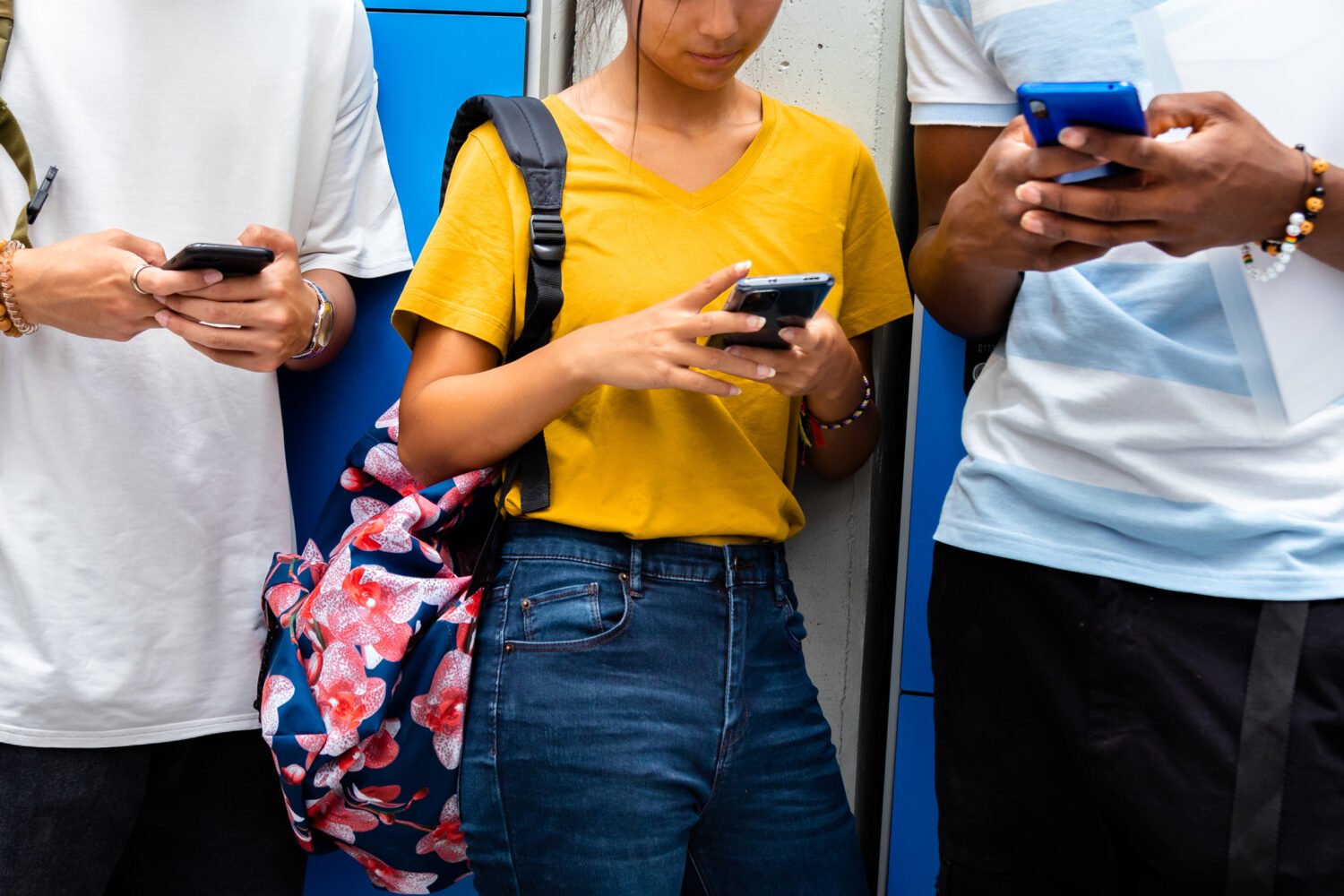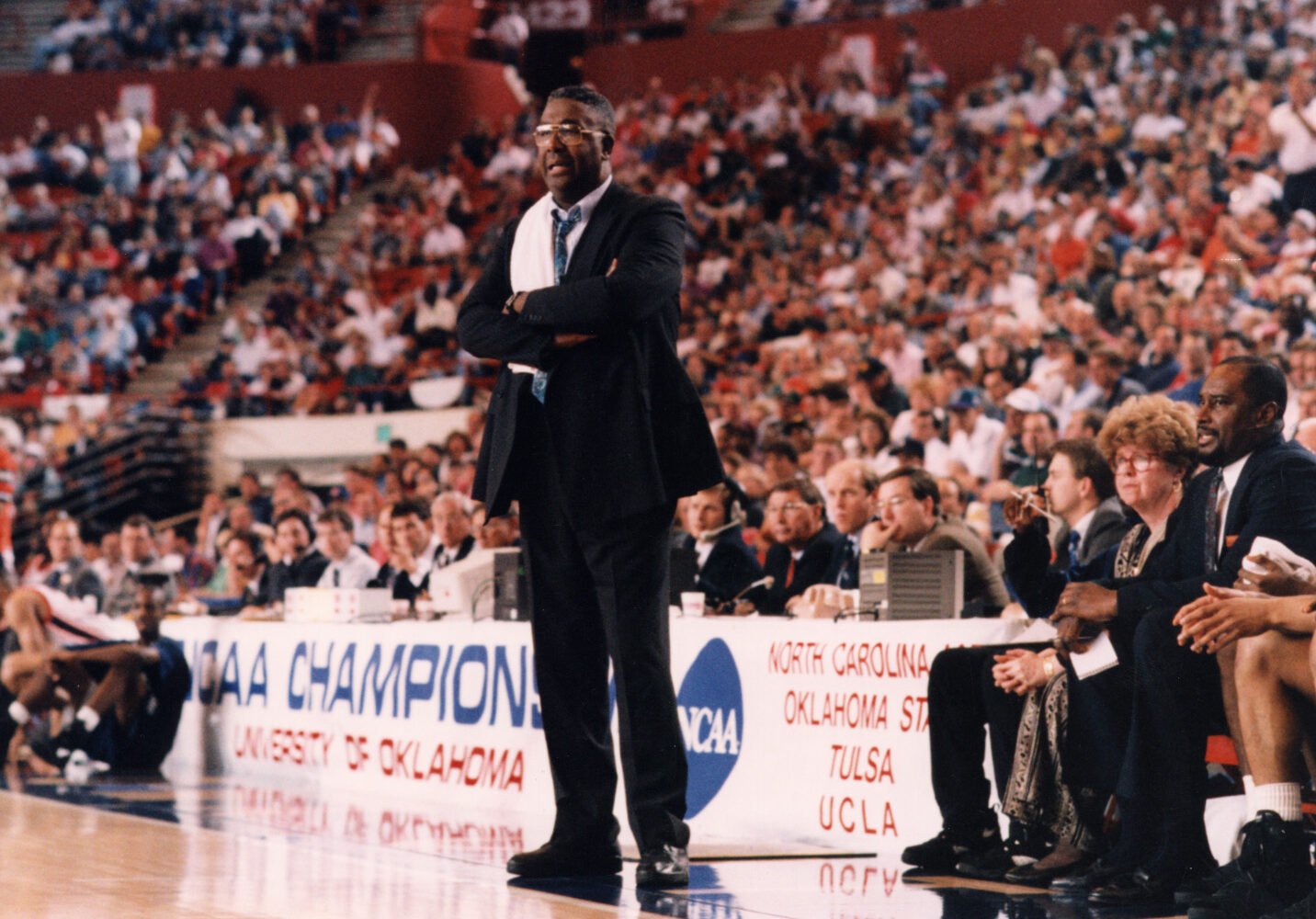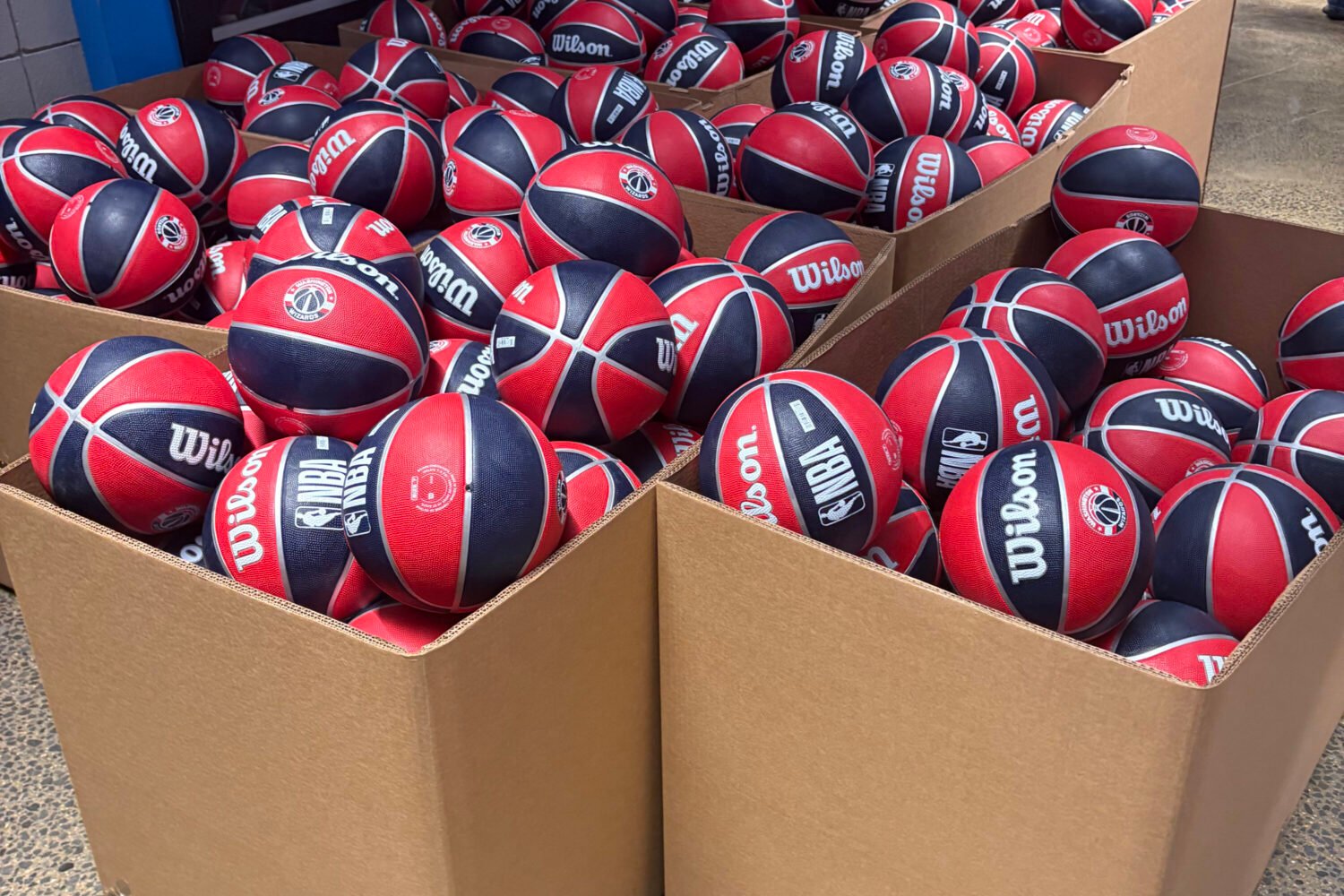Last week, the National Women’s Law Center released a report that found black girls are repeatedly the target of biases in schools that have dress codes.
The study worked with more than two dozen black girls who attended DC public schools to find out how they’re affected by such rules. It found that many black girls who came to school in clothing that violated the rules (torn jeans, short skirts, shoulder-baring shirts) were taken out of class for suspension more often than their non-black peers who wore the same things.
There are obvious issues with the dress code academically (girls being forced out of class and missing essential learning time) and financially (not everyone can afford dress code-approved clothing). But there’s another issue that often gets overlooked for more “serious” threats: that of a girl’s self-esteem.
“Dress codes make particularly young girls self-conscious of their bodies in a way that really puts a burden on them from a very young age,” says Alexandra Brodsky, a NWLC attorney and one of the co-authors of the report.
Body image is a learned concept, a study by Common Sense Media found, and can begin to take shape in a child’s mind as young as five.
“When a teacher or staff member says that a 12-year-old’s shirt is too low-cut, that teacher or staff member is projecting a lot of adult meaning onto a young person’s body,” she says, “and is also making that student feel shame that gets in the way of her learning and thriving.”
Most women can remember the awkward pre-teen and teen years of looking for bras or trying to find clothes that fit during growth spurts. Now imagine a teacher calling you out for revealing clothing in front of your peers when you still don’t fully understand what’s going on with your body. As someone who’s been there, it’s pretty humiliating.
This problem is even more of an issue for young black girls. Last year, a study by Georgetown Law’s Center on Poverty and Inequality found that adults see black girls as appearing older, more developed, and more sexually aware than white girls, even when they are the same age.
It’s what Brodsky calls “the weaponization of intersecting race and sex-based stereotypes.” A white girl and a black girl may show up to school wearing the same thing, but, because a black girl is seen as more sexually advanced, she is more likely to be subjected to shameful and embarrassing disciplinary treatment.
In many instances of dress code enforcements, girls were told they were distracting boys with their clothing. That not only offloads the boys’ responsibility for learning onto girls, it can also make them associate their bodies with shame and rule-breaking. And it enforces strict gender stereotypes, which can lead to things like performing worse in STEM subjects. (Not to mention an environment which paints girls as “asking for it.”)
Uniforms aren’t a fix for these problems, the study argues. While 81 percent of local schools require them, the study found, much of the pre-approved clothing is expensive, which puts a financial burden on students’ families (not to mention the $2 some kids have to pay to dress down on Fridays). And if families are only buying one set of uniforms because of their expense, they’ve got to keep them clean—dirty clothes can be trigger punishment, too.
The easiest solution? Get rid of dress codes entirely, says the NWLC. At the end of the day, a pair of ripped jeans or leggings has little effect on a girl’s ability to learn. While there are clearly greater issues of bias and discrimination to tackle in DC public schools, says Brodsky, doing away with these regulations will help clear room for progress.
“One thing that’s clear in our report is that this is not rocket science. There are hard questions when it comes to education policy, but this is not one of them,” says Brodsky. “I think there is some really low-hanging fruit here that should be an easy lift for schools.”




















